- Overview
- Info & Inclusions
- Itinerary
- Map & Hotels
- Photos
- Dates & Prices
- Max Group Size 18
- London's vibrant mix of history and culture
- The ancient mystery of Stonehenge on Salisbury Plain
- The rugged open landscapes of Dartmoor
- The artistic atmosphere and light of St Ives
- The unique steep village of Clovelly
- The elegant Georgian architecture of Bath.
- Singles friendly (view options for single travellers)
With a thoughtfully crafted itinerary, this tour showcases the very best of England’s pastoral heartland and dramatic coastal reaches. From the historic landmarks of London to the windswept cliffs of Land’s End, this adventure leads through ancient abbeys, medieval market towns, and fairytale villages of honey-coloured stone. A major highlight is Cornwall, a ruggedly beautiful region steeped in myth and maritime history—featuring Tintagel Castle of Arthurian legend, the artist haven of St Ives, and the tidal marvel of St Michael’s Mount.
We explore the heather-clad moors of Devon and Exmoor, visit Roman-era Bath and Cirencester, and stroll the storybook streets of Cotswold gems like Stow-on-the-Wold and Chipping Campden. The tour concludes with visits to Stratford-upon-Avon, royal Windsor, and the classic London sightseeing, offering a final flourish to this richly rewarding English experience.
- Full-time Tour Leader with local guide support at various locations
- Breakfast and most dinners (mostly local restaurants, maybe some hotels) as per the tour itinerary
- All transport, accommodation, sightseeing and entrance fees for sites noted as 'visited' in the detailed itinerary
- Gratuities for local guides, drivers, restaurant staff at included group meals, hotel porters (if available)
- Airport transfers for land & air customers and for early arriving/late departing land & air customers who book both their air and their extra hotel nights through us.
- International airfare to/from the tour
- Tour Leader gratuities, most lunches, drinks, personal items (phone, laundry, etc), international air taxes (if applicable), any excursions referenced as 'optional'
- Airport transfers for Land Only customers
- Optional trip cancellation insurance (for information please click on the "Resources" tab)
- Seasonality and Weather:
Southern England generally has a temperate maritime climate influenced by the Atlantic Ocean, leading to mild temperatures year-round with less extreme variations compared to continental climates.
In mid to late May, visitors to South England and the Cotswolds can typically experience pleasant spring weather. You can anticipate generally sunny days, although there's always a possibility of occasional showers, so packing layers and a light rain jacket is advisable. This time of year, the landscapes are usually vibrant with spring blossoms and greenery.
Visiting South England and the Cotswolds in mid to late May is generally a delightful experience. The weather is conducive to exploring the outdoors, whether it's wandering through picturesque villages, hiking in the rolling hills of the Cotswolds, or enjoying the gardens and historical sites. The countryside is in full bloom, making it visually appealing, and the longer daylight hours allow for more sightseeing. It's also before the peak summer tourist season, so while popular spots will have visitors, it's generally less crowded than in July or August. - Transport and Travel Conditions:
Our land transport will be provided by private touring motorcoach.
This tour is not strenuous in terms of it's sightseeing activities, but it is busy with plenty of moving around. Many sites visited involve walking on uneven surfaces and steps. Our difficulty rating Level 1 refers to the comfortable, easy-going nature of this journey and the advanced state of development as it relates to tourist infrastructure, transportation, accommodation, and hospitality services. Our days are full but our travels from A to B are not arduous, with reasonable distances and plenty of stops of interest along the way. The sites we visit are many, but none are terribly large and all/most feature easy grades, handrails, and short distances. We will have walking tours of towns and cities, and some short walks to dinner.
Please note that smaller hotels may not have porters, so you'll need to be independent with your luggage.
Am I suitable for this tour? Please refer to our self-assessment form - Activity Level: 1
No particular physical activity is involved other than town/city walks and short walks to dinners and sites of interest, some of which are large.
To learn more about the Activity levels, please visit our tour styles page. - Accommodation:
Well-located, mid-range hotels (3-4 star) throughout. Porters are available in larger properties in major towns/cities; however you may have to manage with your own bags at smaller properties.
For more info, please click on the "Map & Hotels" tab - Staff and Support:
Tour Leader, local guides at various locales, numerous local drivers.
Our Spring 2026 departure has been assigned to senior Tour Leader Jonathan Hodgson.
Please note: Any advance notice/advertising regarding tour leadership assignation was accurate as of tour publish date. Factors such as unforeseen placement challenges, illness/injury, personal/family obligations, and other logistical considerations may necessitate adjustments without notice or compensation. - Group Size:
Maximum 18 plus Tour Leader
- Day 1:Arrival in LondonToday we arrive in London and transfer to our hotel.
London, the vibrant capital of England, is a city steeped in history and global influence. Founded by the Romans as Londinium, it has grown over two millennia into a bustling metropolis that blends ancient traditions with modern innovation. Notable for its iconic landmarks such as the Tower of London and Westminster Abbey, London has played a pivotal role in shaping international finance, politics, and culture. The city’s fascinating past includes surviving the Great Fire of 1666 and emerging as the heart of a vast empire, a legacy that continues to influence its diverse cultural landscape today. London remains a melting pot of ideas, creativity, and historical intrigue, drawing visitors from around the world.
Overnight in London.
Included Meal(s): Dinner, if required - Day 2:London - Stonehenge - ExeterAs we leave the urban sprawl of London behind, a detour to Stonehenge offers a compelling glimpse into the ancient past. This prehistoric monument in Wiltshire features massive ‘sarsen’ stones and delicate bluestones arranged in a mysterious circular layout. Its alignment with the summer solstice and the engineering feats behind its construction continue to spark intrigue and debate, providing a tangible link to a time when ritual and celestial observation intertwined.
The great patchwork quilt area of southwest England, part of the "West Countree," as the locals say, abounds in cliffside farms, rolling hills, foreboding moors, semitropical plants, and fishing villages that provide some of the finest scenery in England. The British approach sunny Devon with the same kind of excitement one would normally reserve for hopping over to the Continent. Especially along the coastline—the English Riviera—the names of the seaports, villages, and resorts have been synonymous with holidays in the sun.
Devon is a land of jagged coasts—the red cliffs in the south face of the English Channel. In south Devon, the coast from which Drake and Raleigh set sail, the tranquil life prevails, and on the bay-studded coastline of north Devon, pirates and smugglers found haven. The heather-clad uplands of Exmoor, with red deer, extend into north Devon from Somerset—a perfect setting for an English mystery. Much of the district is already known to those who have read Victorian novelist R.D. Blackmore's romance of the West Country, Lorna Doone. Aside from the shores, many of the scenic highlights are in the two national parks: Dartmoor in the south, Exmoor in the north. Our destination today is Exeter.
The county town of Devonshire, on the banks of the River Exe, Exeter was a Roman city founded in the first century AD. Two centuries later, it was encircled by a mighty stone wall, traces of which remain today. Conquerors and would-be conquerors, especially Vikings, stormed the fortress in later centuries; although not a Viking, none was more notable than William the Conqueror. Irked at Exeter's refusal to capitulate (perhaps also because it sheltered Gytha, mother of the slain Harold), the Norman duke brought Exeter to its knees on short notice.
Overnight in Exeter.
Included Meal(s): Breakfast and Dinner - Day 3:Exeter - Dartmoor - Plymouth - St IvesLeaving Exeter we travel to the peaceful little town of Moretonhampstead, perched on the edge of Dartmoor. Moretonhampstead contains an old market cross and several 17th century colonnaded alms houses.
The much visited Dartmoor village of Widecombe-in-the-Moor is only 7 miles from Moretonhampstead. The fame of the village of Widecombe-in-the-Moor steams from an old folk song about Tom Pearce and his gray mare, listing the men who were supposed to be on their way to Widecombe Fair when they met with disaster. Widecombe also has a parish church worth visiting. Called the Cathedral of the Moor, with a roster of vicars beginning in 1253, the house of worship in a green valley is surrounded by legends.
We continue to the market town of Okehampton which owes its existence to the Norman castle built by Baldwin de Bryonis, sheriff of Devon, under orders from his uncle, William the Conqueror, in 1068, just 2 years after the Conquest. The Museum of Dartmoor Life is housed in an old mill with a water wheel and is part of the Dartmoor Centre, a group of attractions around an old courtyard. The museum displays all aspects of Dartmoor's history from prehistoric times, including industry, living conditions, crafts, farm tools and machinery, and some old vehicles.
Later we arrive in the historic seaport of Plymouth. We will walk along the quay in the footsteps of Sir Francis Drake (once the mayor of Plymouth) and other Elizabethan seafarers, such as Sir John Hawkins, English naval commander and slave trader. It was from here in 1577 that Drake set sail on his around-the-world voyage. An even more famous sailing took place in 1620, when the Pilgrims left their final port in England for the New World.
Of special interest to visitors from the New World is the final departure point of the Pilgrims in 1620, the already-mentioned Barbican. The two ships, Mayflower and Speedwell, that sailed from Southampton in August of that year put into Plymouth after they suffered storm damage. Here the Speedwell was abandoned as unseaworthy, and the Mayflower made the trip to the New World alone. The Memorial Gateway to the Waterside on the Barbican marks the place, tradition says, whence the Pilgrims' ship sailed.
We continue to this north-coast fishing village of St Ives with its sandy beaches, which is England's most famous artists' colony. It's a village of narrow streets and well-kept cottages. The artists settled in many years ago and have integrated with the fishers and their families.
Overnight in St Ives.
Included Meal(s): Breakfast and Dinner - Day 4:St Ives - Land’s End - St Michael’s Mount - St IvesToday we travel to Craggy Land's End to where England comes to an end. North America's coast is 5330 km (3,291 miles) west of the rugged rocks that tumble into the sea. Some enjoyable cliff walks and spectacular views are available here.
Rising about 75 m (250 feet) from the sea, St Michael's Mount is topped by a partially medieval, partially 17th century castle; it is three miles east of Penzance, and is reached at low tide by a causeway. At high tide the mount becomes an island, reached only by motor launch from Marazion. A Benedictine monastery, the gift of Edward the Confessor, stood on this spot in the 11th century. The castle has collections of armour and antique furniture and is a mirror image of Mont-Saint-Michel in northern France.
Depending on the time of arrival on the day, we will either walk across at low tide or take advantage of the boat service opportunities to access it
Overnight in St Ives.
Included Meal(s): Breakfast and Dinner - Day 5:St Ives - Tintagel - Clovelly - LyntonToday we journey to Tintagel Castle, the promontory fortress of Arthurian legend. We pass through the ruins of the 5th century castle to Merlin's cave below -- the view of the island with its cliffs and turquoise waters is spectacular. In the centre of town, the Arthurian Experience and King Arthur's Hall of Chivalry succeed in momentarily recapturing the magic of the age. Down the street toward the castle is the Old Post Office, a medieval manor house and gardens used as the post office in the nineteenth century.
In the afternoon we travel to Clovelly. This is the most charming of all Devon villages and one of the main attractions of the West Country. Starting at a great height, the village cascades down the mountainside, with its narrow, cobblestone path that makes travel by car impossible. Every step of the way provides views of tiny cottages, with their terraces of flowers lining the main street. The village fleet is sheltered at the stone quay at the bottom.
The north coast of Devon is set off dramatically in Lynton, a village some 150 m (500 feet) high, which is a good centre for exploring the Doone Valley and that part of Exmoor that overflows into the shire from neighbouring Somerset. The Valley of the Rocks, west of Lynton, offers the most spectacular scenery.
Lynton is linked to its twin, Lynmouth, about 150 m (500 feet) below, near the edge of the sea, by one of the most celebrated railways in Devon. It covers the differences in distance and altitude by means of a complicated network of cables and pulleys, allowing cars to travel up and down the face of the rocky cliff. The length of the track is 258 m (862 feet) with a gradient of 2.5 cm (1 inch,) which gives a vertical height of approximately 150 m (500 feet.) The two passenger cars are linked together with two steel cables, and the operation of the lift is on the counterbalance system, which is simply explained as a pair of scales where one side, when weighted by water ballast, pulls the other up.
The East Lyn and West Lyn rivers meet in Lynmouth. For a panoramic view of the rugged coastline, you can walk on a path half-way between the towns that runs along the cliff. From Lynton, or rather from Hollerday Hill, we look out onto Lynmouth Bay, Countisbury Foreland, and Woody Bays in the west.
Overnight in Lynton.
Included Meal(s): Breakfast and Dinner - Day 6:Lynton - BathThe far west of Somerset forms most of Exmoor National Park, a wooded area abounding in red deer and wild ponies, with much of its moorland 1,200 feet above sea level. In addition to the heather-covered moor, the park includes the wooded valleys of the rivers Exeter and Barle, the Brendon Hills, and the sweeping stretch of coast form Minehead to the boundary of Devon. This is more of the land of Blackmore's Lorna Doone.
Today we visit England's smallest complete church at Culbone and the centuries-old clapper bridge over the river barle at Tarr Steps. Some of England's prettiest villages are within the national park, and some lie along its borders. Selworthy, an idyllic little town is in Exmoor, as is Allerford, with its packhorse bridge preserved by the National Trust.
In the afternoon we visit Glastonbury, maybe one of the oldest inhabited sites in Britain. Excavations have revealed Iron Age lakeside villages on its periphery, and some of the discoveries dug up we will later see in a little museum on the High Street. In 1184 a fire destroyed most of the abbey and its vast treasures. It was eventually rebuilt after much difficulty, only to be dissolved by Henry VIII. Its last abbot, Richard Whiting, was hanged at Glastonbury Tor. Like the Roman forum, the abbey for years was used as a stone quarry.
Today we visit the ruins of the chapel, linked by early English "Galilee" to the nave of the abbey. The best-preserved building on the grounds is a 14th century octagonal Abbot's Kitchen, where oxen were once roasted whole to feed the wealthier of the pilgrims.
We finish our journey today at Bath.
Overnight in Bath.
Included Meal(s): Breakfast and Dinner - Day 7:Bath - Cirencester - The CotswoldsToday we visit the pump room and Roman baths. Founded in AD 75 by the Romans, the baths were dedicated to the goddess Sulis Minerva; in their day they were an engineering feat. Even today they're considered among the finest Roman remains in the country, and are still fed by Britain's most famous hot-spring water. After centuries of decay, the original baths were rediscovered in Victoria's reign. The site of the Temple of Sulis Minerva has been excavated and is now open to view. The museum contains many interesting objects form Victorian and recent digs (look for the head of Minerva).
After lunch we travel from Bath to Cirencester. Cirencester is often considered the unofficial capital of the Cotswolds, probably a throwback to its reputation in the Middle Ages, when it flourished as the centre of the great Cotswold wool industry. In Roman Britain, five roads converged on Cirencester, which was called Corinium in those days. In size it ranked second only to London; today it is chiefly a market town.
We visit the Corinium Museum which houses one of the finest collections of archaeological remains from the Roman occupation, found locally in and around Cirencester. Mosaic pavements found here on Dyer Street in 1849 and other mosaics are the most important exhibits. Provincial Roman sculpture, including such figures as Minerva and Mercury, pottery, and artifacts salvaged form long-decayed buildings, provide a link with the remote civilization that once flourished here.
From Cirencester we make our way to the delightful Cotswold villages of Burton-on-the-Water, Stow-on-the-Wold, Moreton-in-Marsh, and Chipping Camden.
Overnight in Chipping Camden.
Included Meal(s): Breakfast and Dinner - Day 8:Cotswolds - Stratford on Avon - LondonFrom the Cotswolds we drive to Stratford-on-Avon, the birthplace of William Shakespeare. We visit the oak-beamed house where the Bard was born in 1564 and, in nearby Shottery, the thatched cottage of Ann Hathaway, Shakespeare’s wife.
From Stratford we return to London.
Overnight in London.
Included Meal(s): Breakfast and Dinner - Day 9:Day Excursion to Windsor CastleAfter breakfast, we embark on a tour to Windsor Castle, a regal landmark that has stood at the heart of English history for over 900 years. As you approach the castle, its majestic silhouette against the sky evokes centuries of royal tradition and architectural evolution. Once a favoured residence of monarchs from William the Conqueror to Queen Elizabeth II, the castle is renowned for its exquisite State Apartments, intricate Gothic details, and the renowned St. George’s Chapel—where notable figures such as Sir Winston Churchill and members of the Royal Family have left their mark. Along the way, your guide will share intriguing anecdotes, from secret passages used during turbulent times to the castle’s enduring role as a symbol of continuity in British governance. This immersive experience offers a glimpse into the evolving narrative of a structure that remains both a working royal residence and a testament to England's storied past.
Overnight in London.
Included Meal(s): Breakfast and Lunch - Day 10:London sightseeingToday we enjoy London, one of the world's greatest cities.
We will visit Westminster Abbey, the location of royal coronations. The Abbey contains numerous monuments, statues and memorials including St George's Chapel, the Tomb of the Unknown Warrior, and slabs dedicated to Winston Churchill, Neville Chamberlain and David Livingstone.
We also see Buckingham Palace, royal residence of Elizabeth II. Since Queen Victoria's accession in 1837, Buckingham Palace has been the London home of the monarch. If the Queen is in residence, the royal standard flies over the palace; the "changing of the guard" occurs daily.
The image of London is always associated with the Tower of London, the old fortress and former prison which is situated on the banks of the River Thames. Built by William the Conqueror, the site now ranks as one of London's most visited attractions. The history of the Tower is one of famous prisoners and bloody deeds: the Scottish kings David II and James I, Sir Walter Raleigh, William Penn, and Princess Elizabeth (later Queen Elizabeth I) were among those confined; Edward V, Thomas Moore and Henry VIII's wives Anne Boleyn and Catherine Howard were executed here. We will have a chance to explore the complex and see its attractions including the Royal Chapel, the Bloody Tower, and Jewel House, home of the Crown Jewels.
From here we visit the British Museum. Founded by an act of Parliament in 1753, the British Museum is based on private collections of Sir Robert Cotton, Sir Hans Sloane, and Robert Harley, Earl of Oxford; it houses one of the most comprehensive art collections in the world.
Overnight London.
Included Meal(s): Breakfast and Dinner - Day 11:DepartureDeparture from London.
NOTE: If you would like to extend your stay in London, please advise us ASAP so that we can book hotel and air (if applicable) accordingly.
Included Meal(s): Breakfast
Countries Visited: United Kingdom
*The red tour trail on the map does not represent the actual travel path.
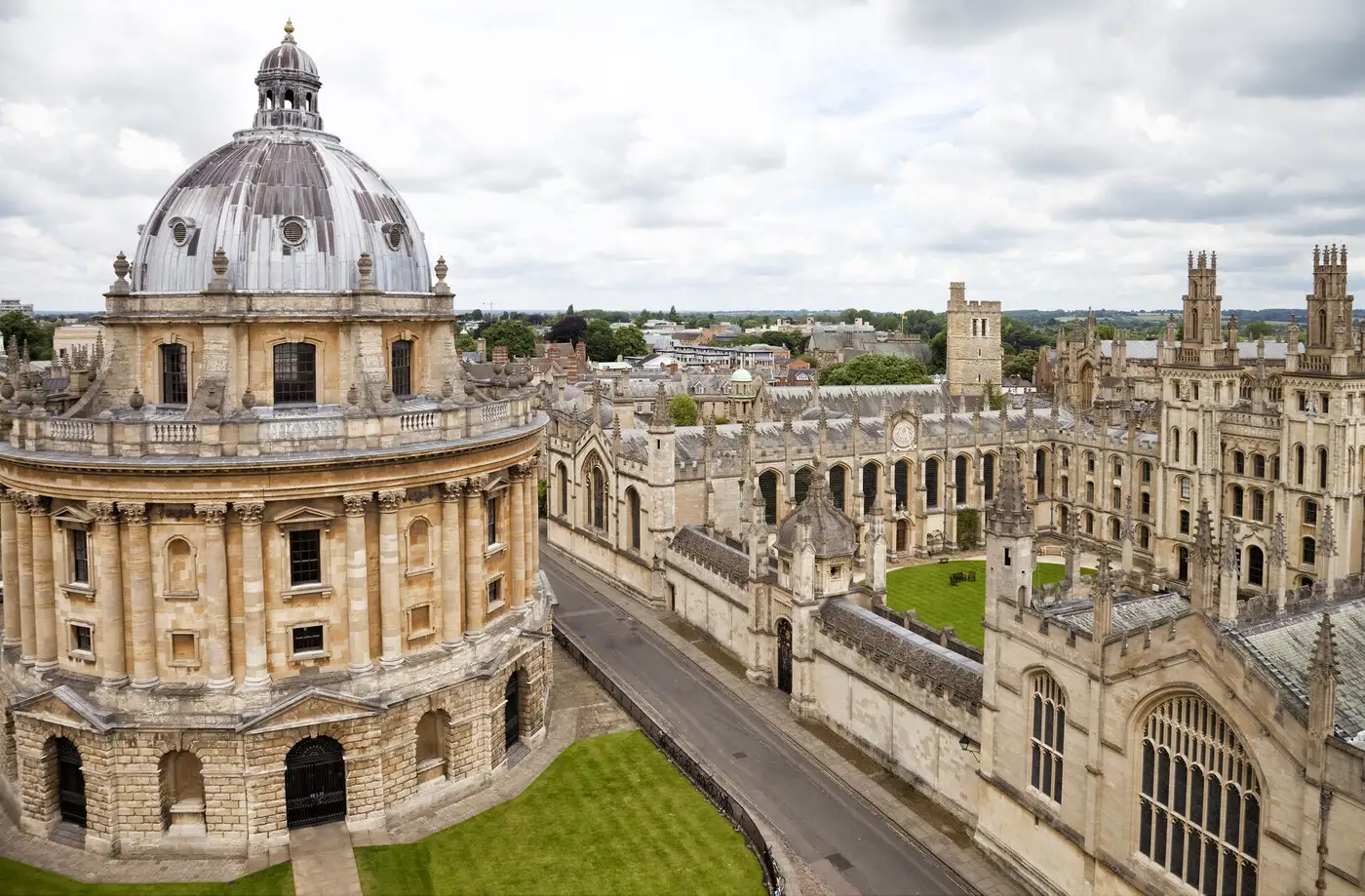
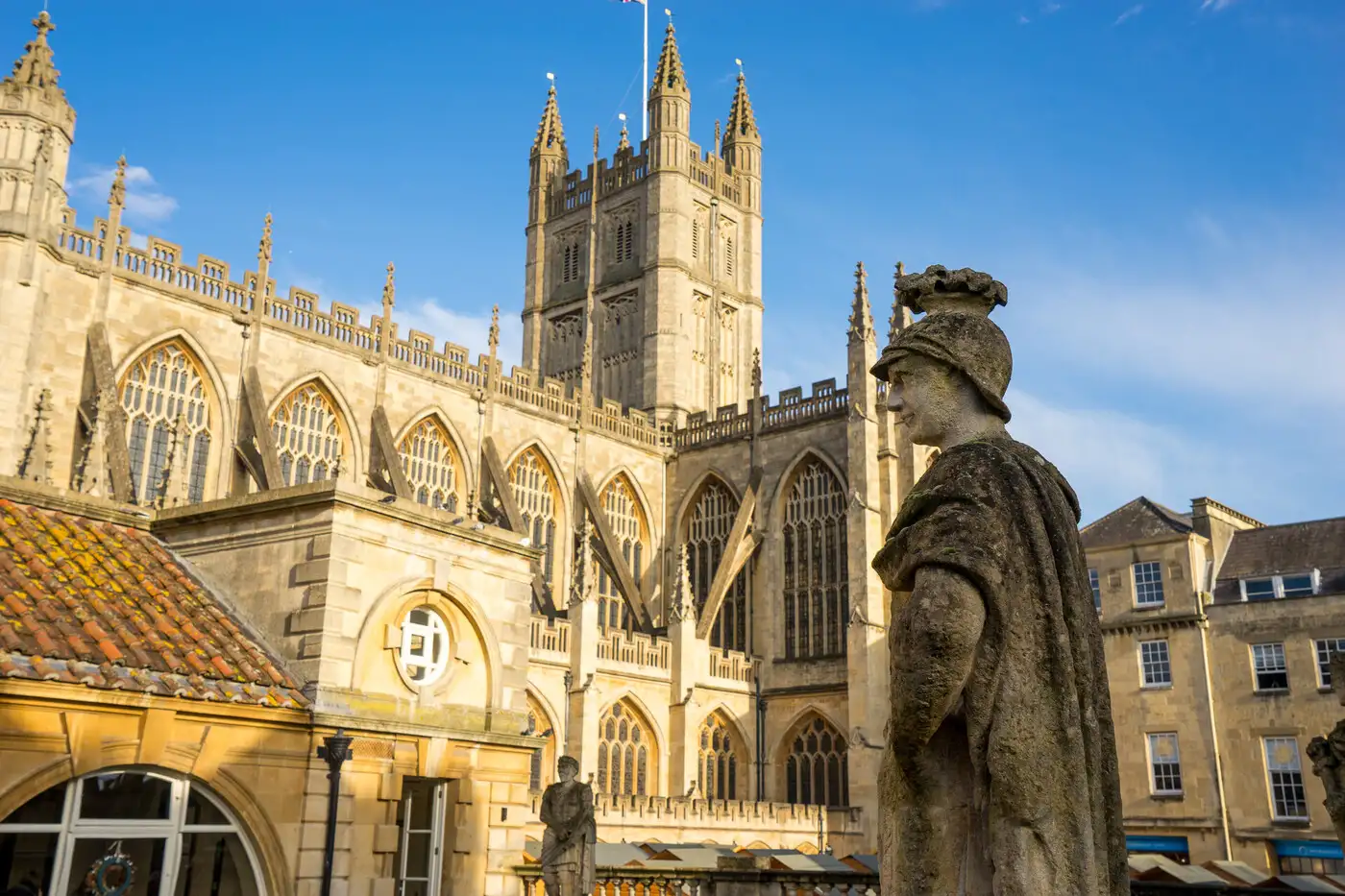
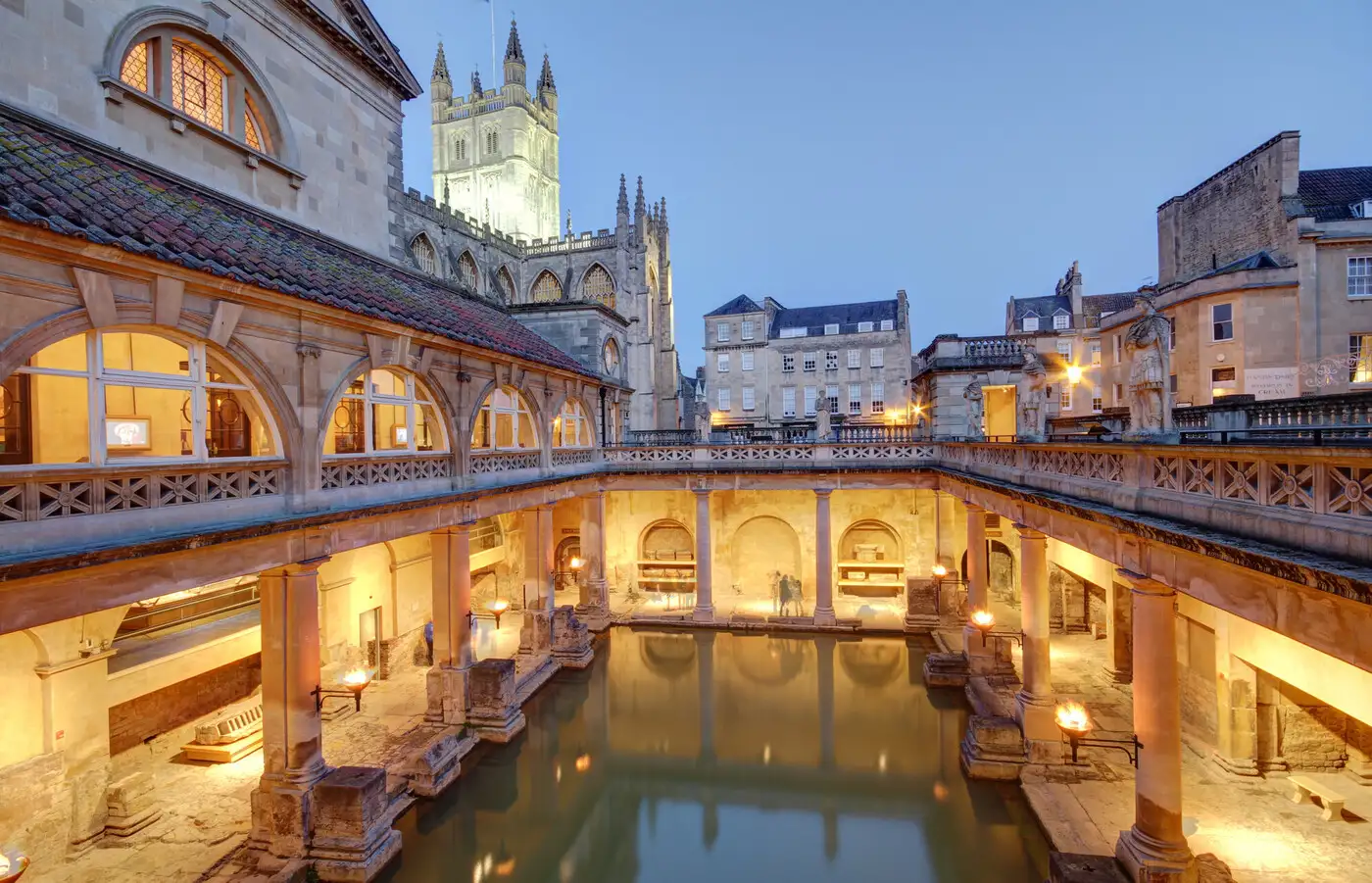
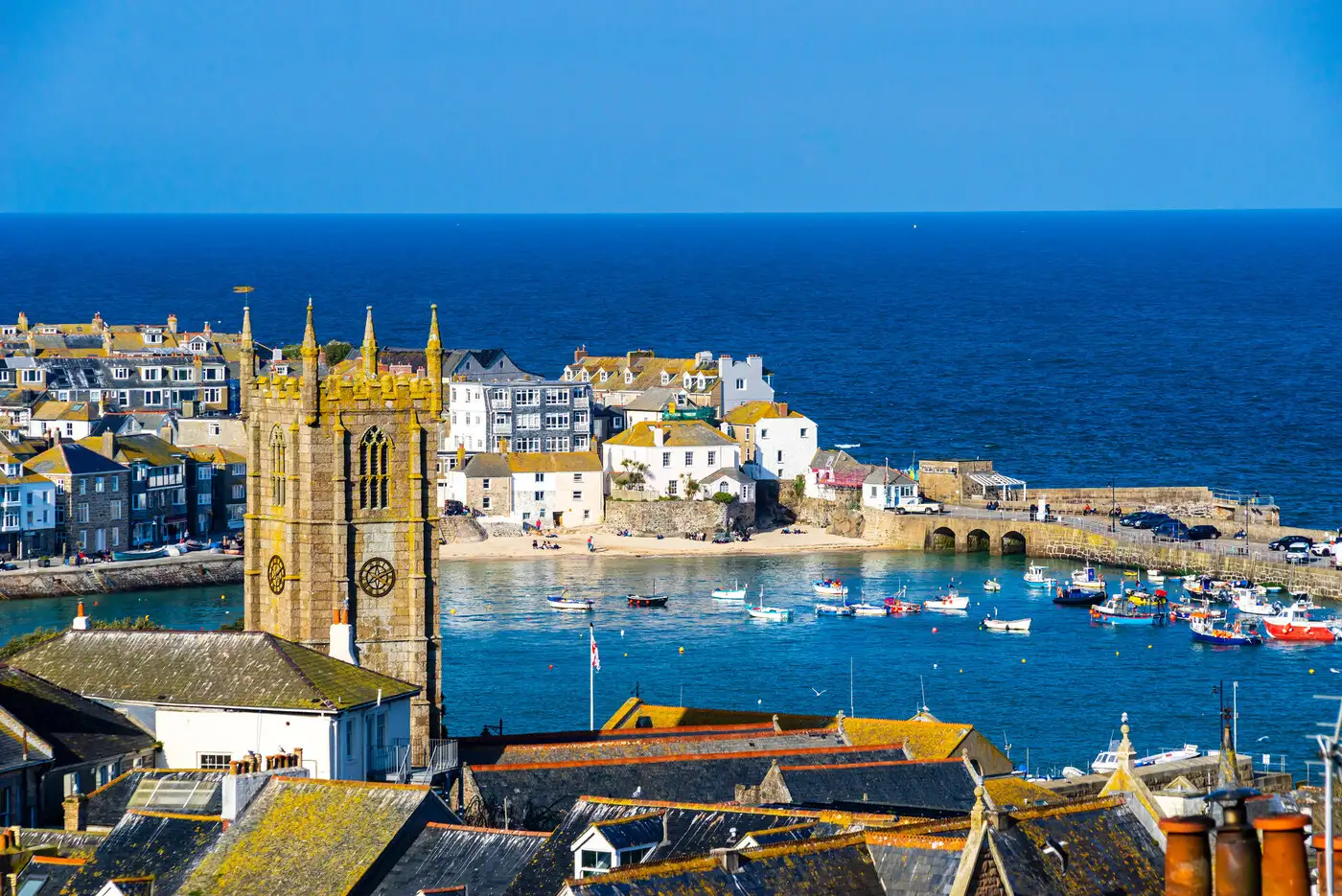
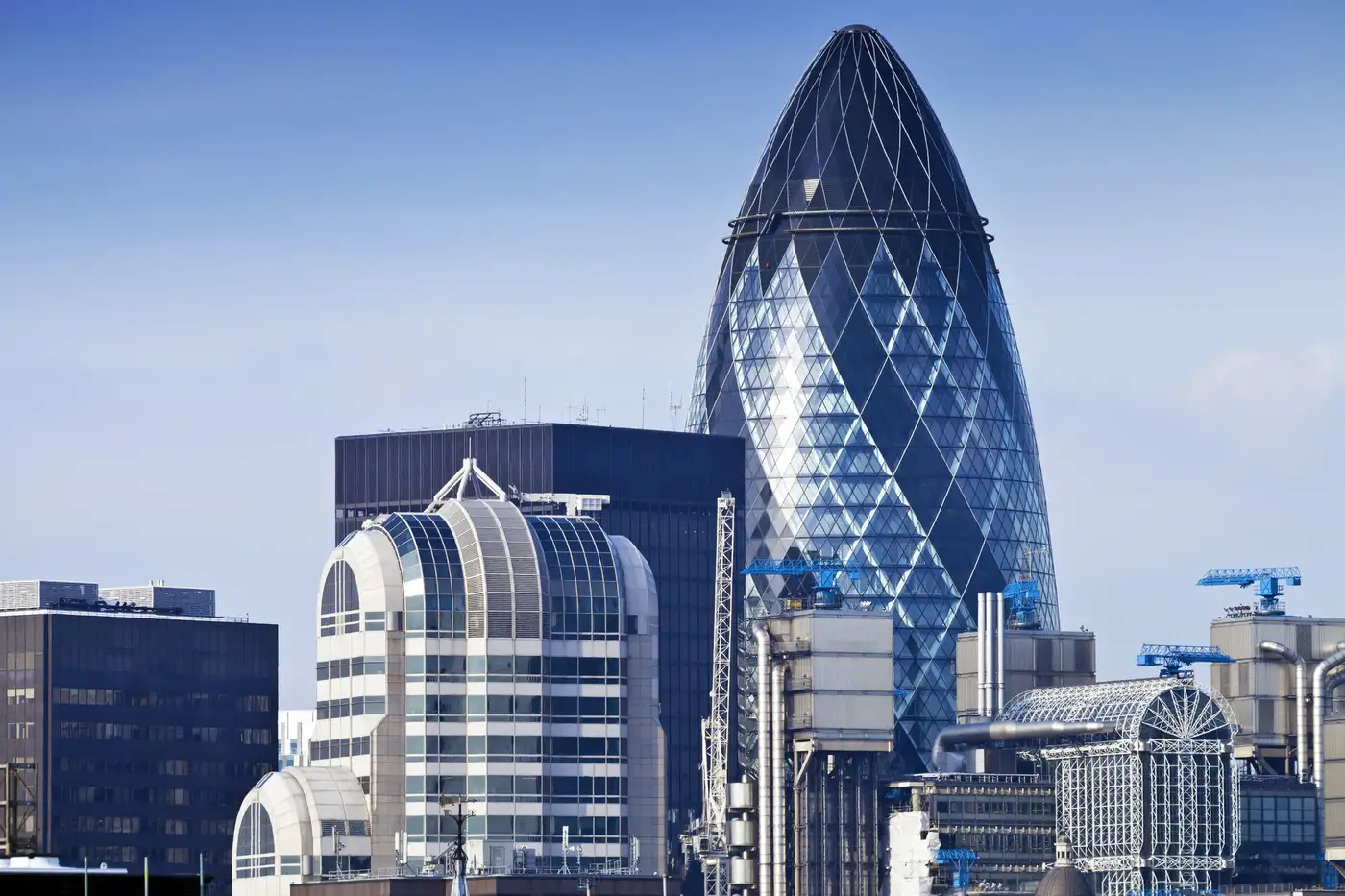
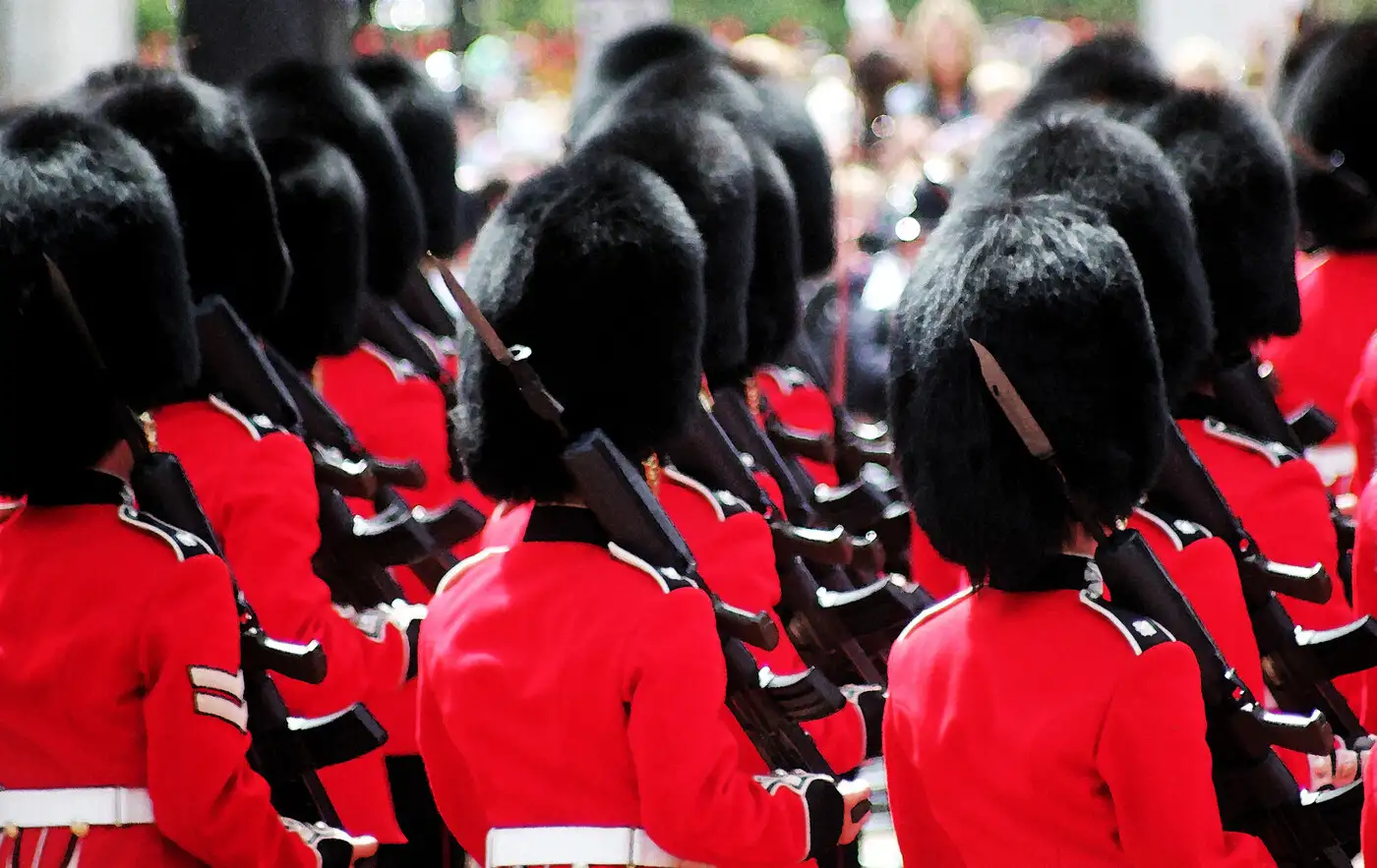

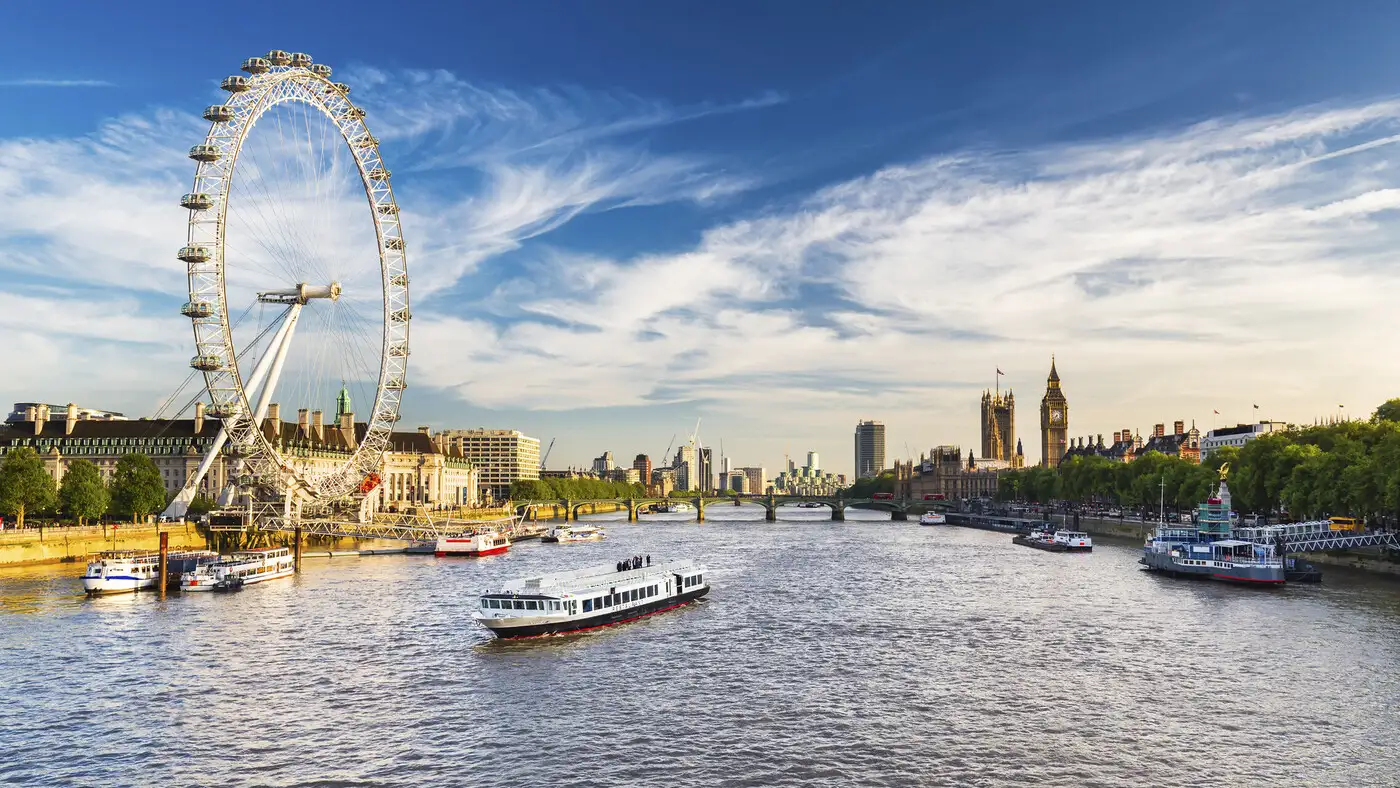
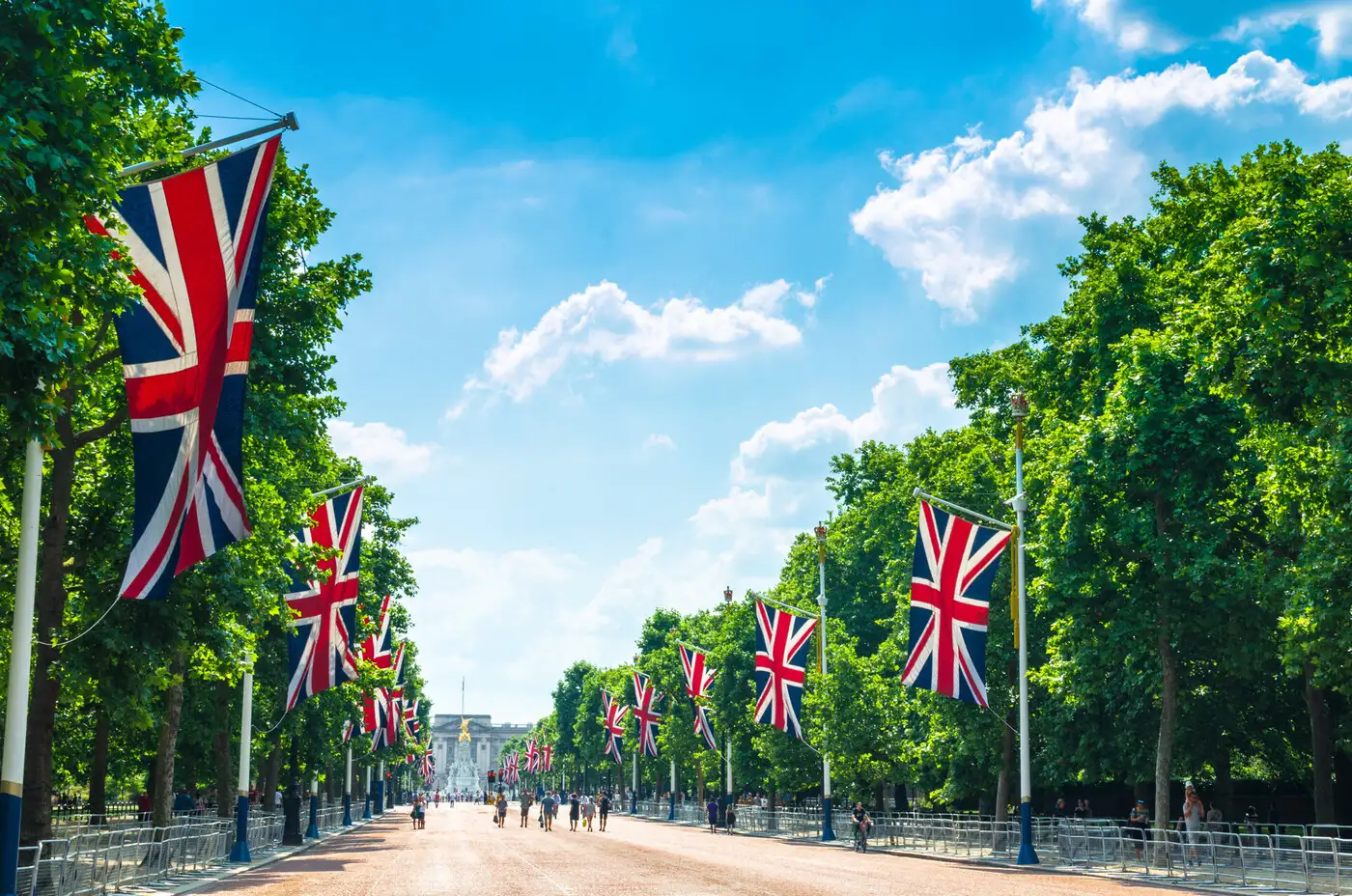
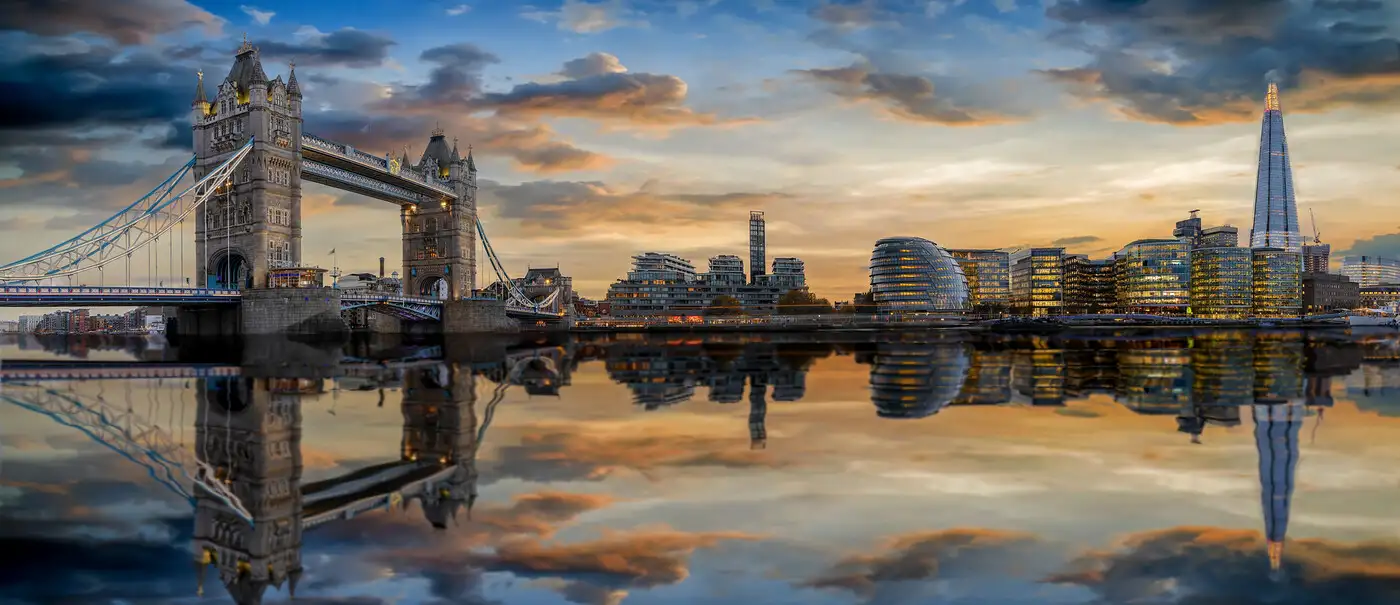
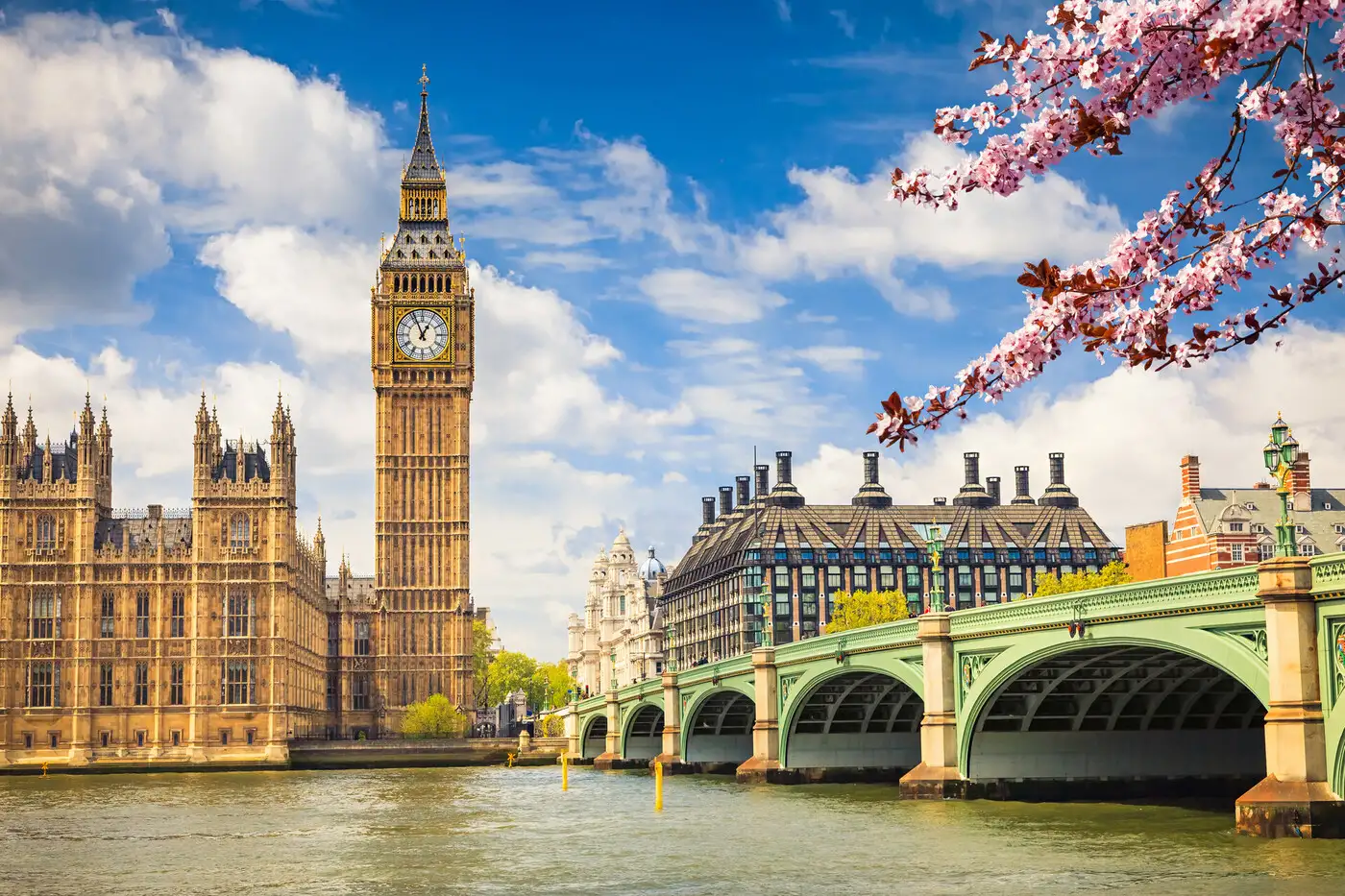
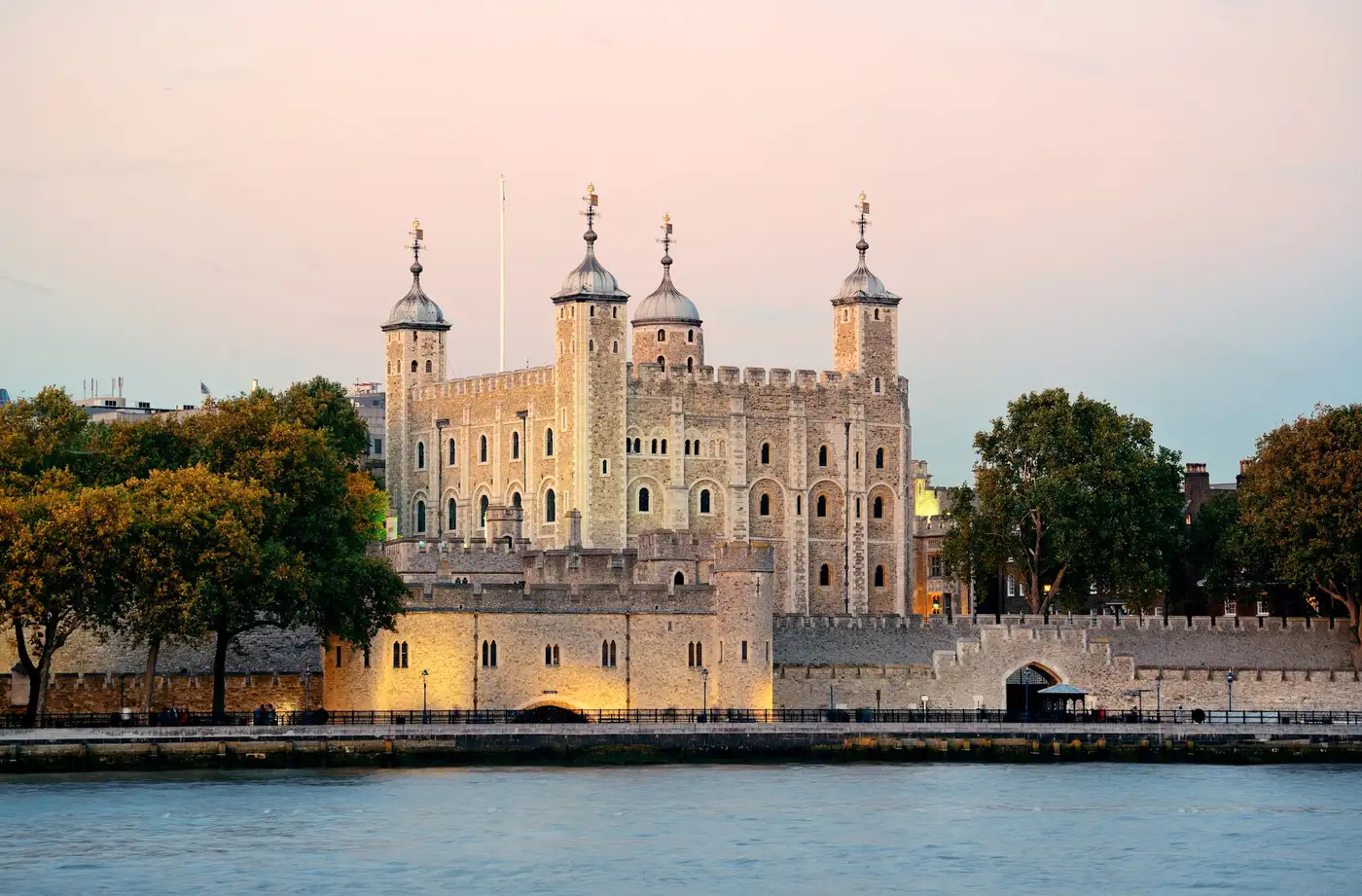

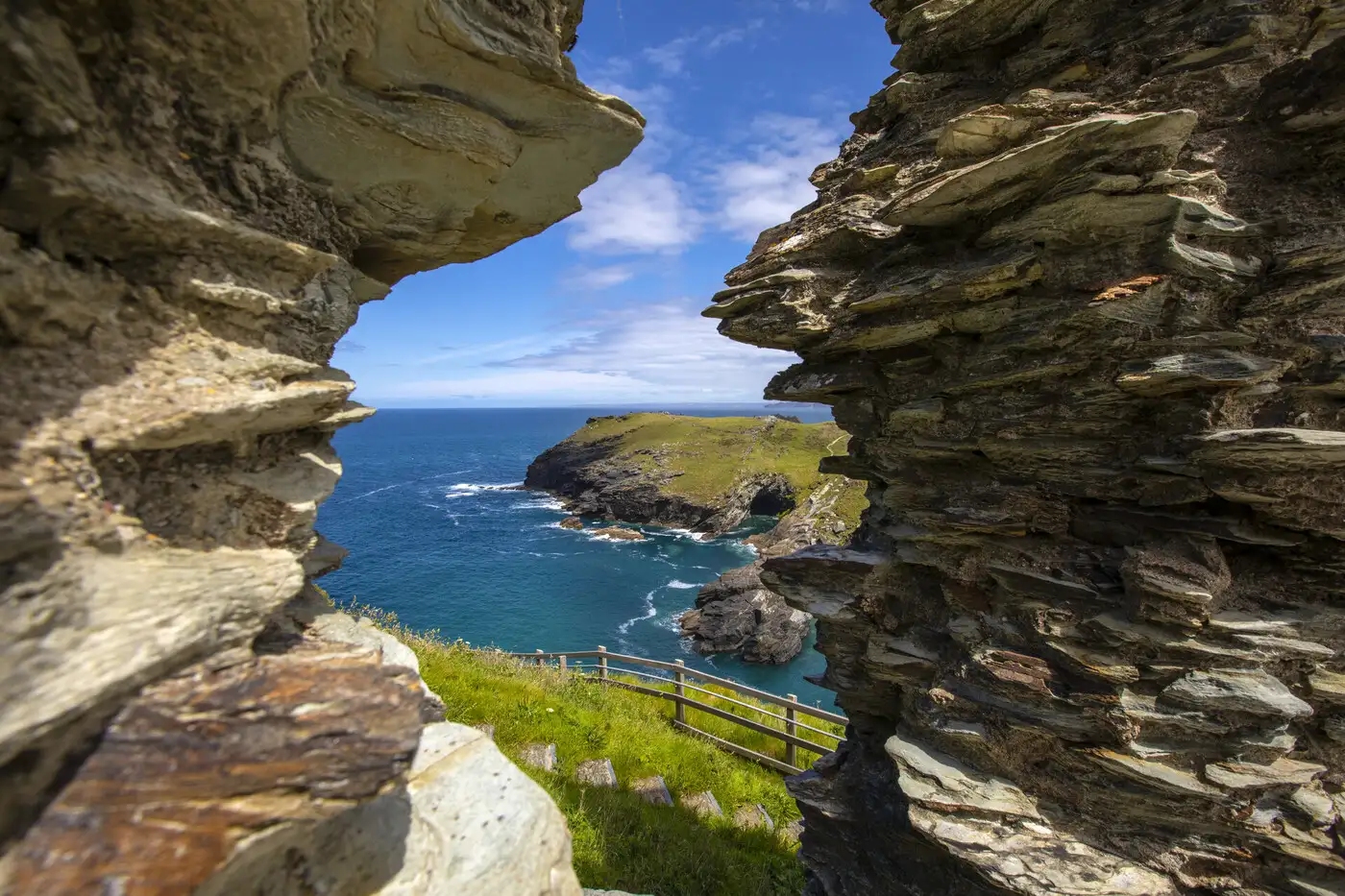
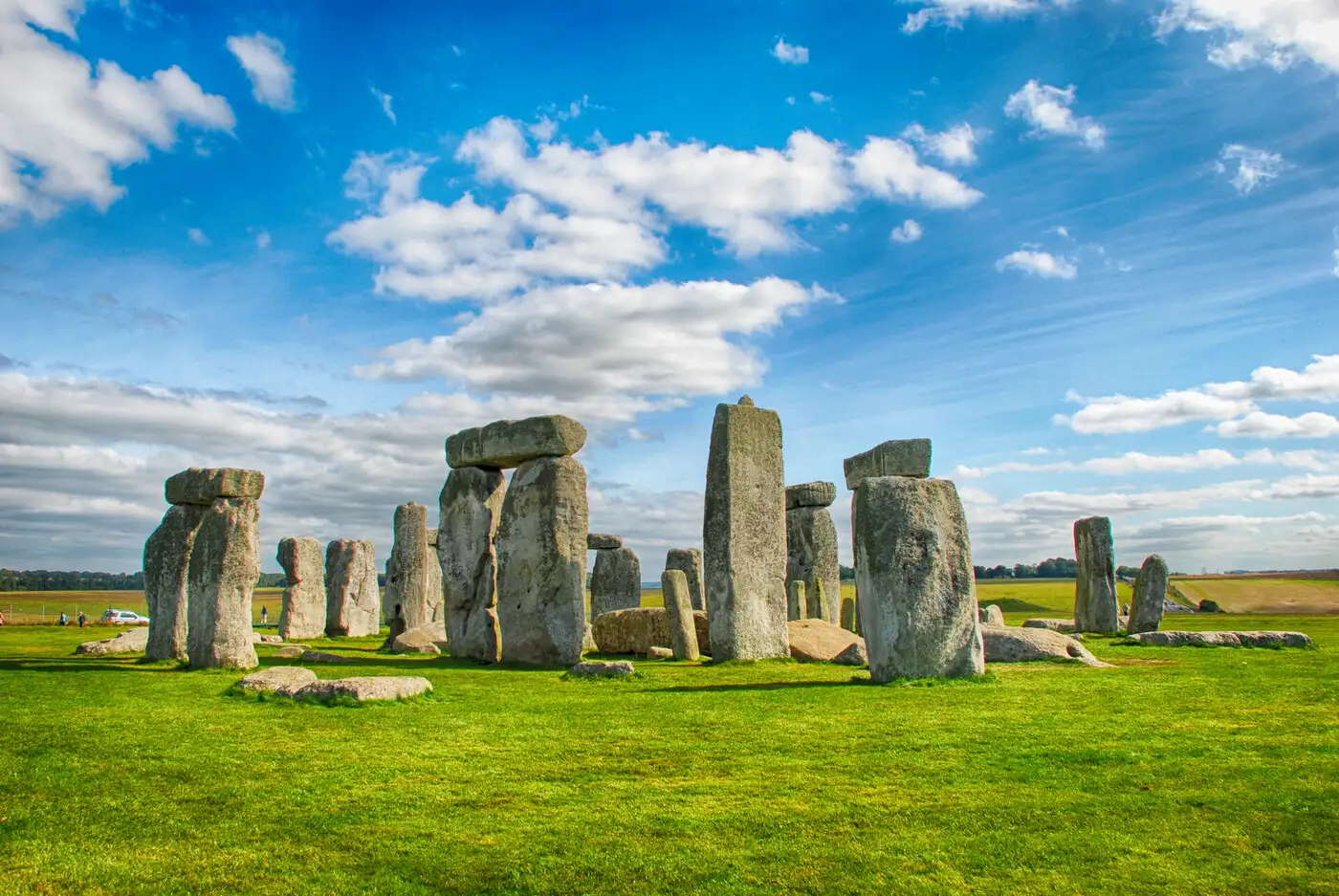
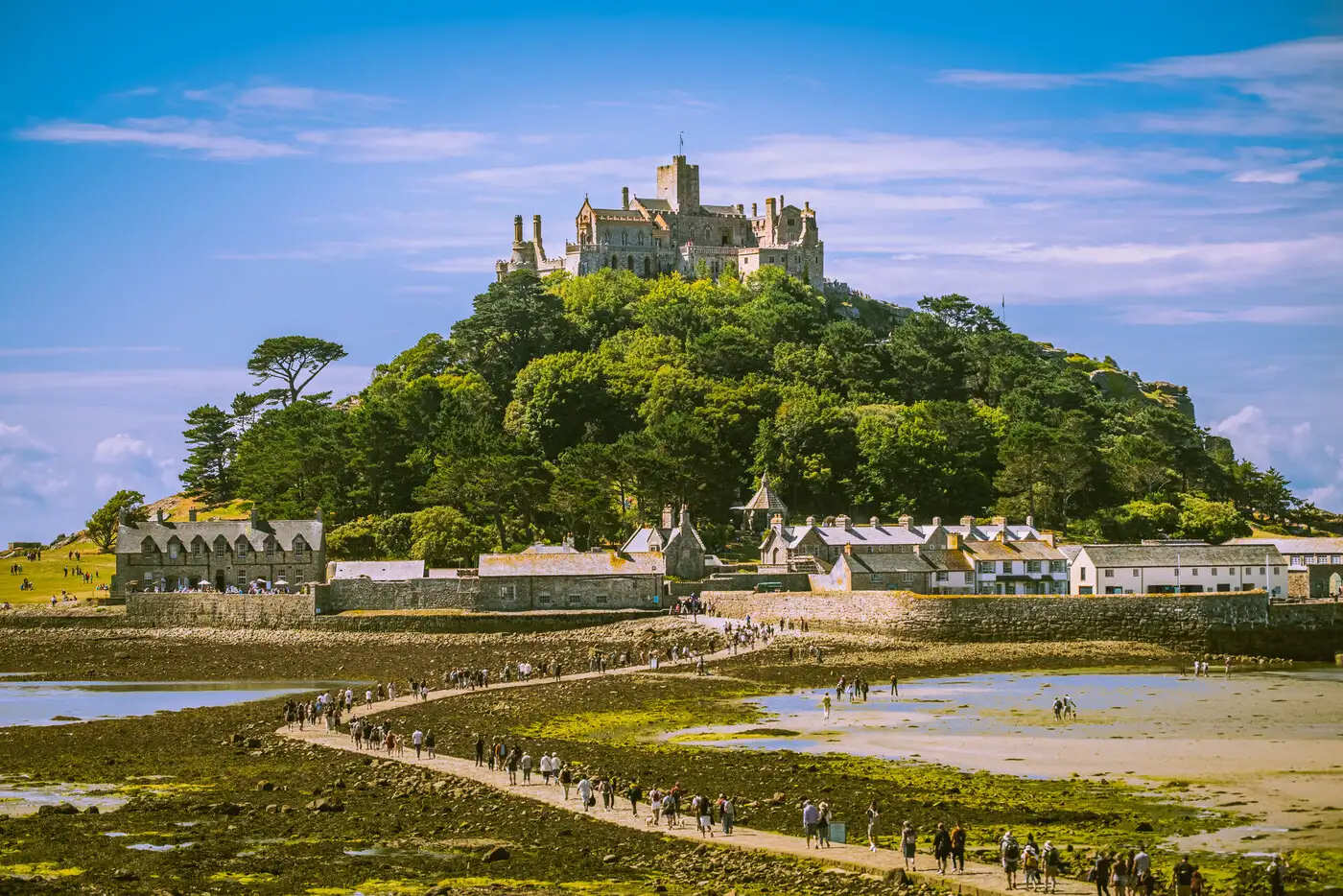
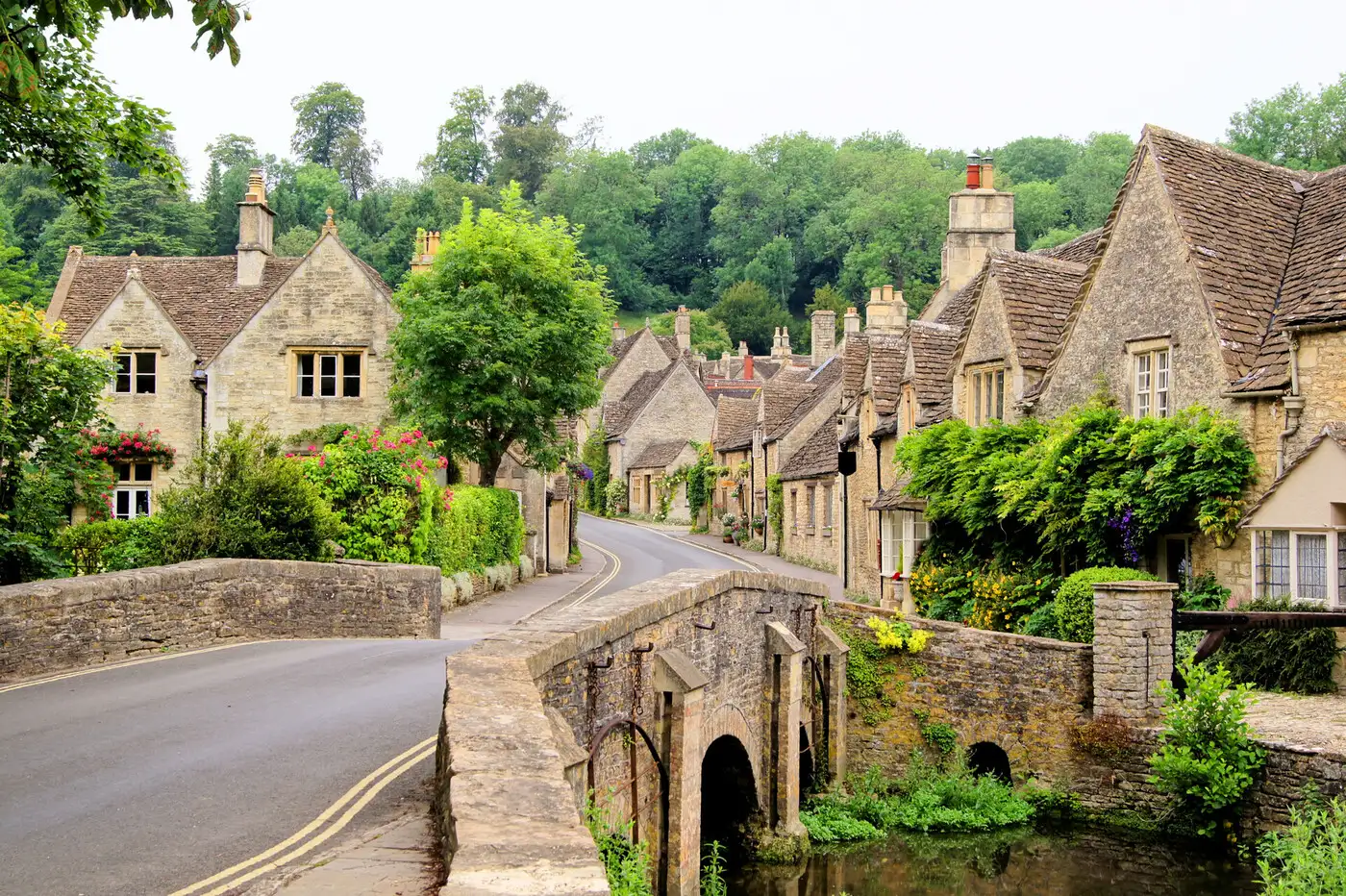
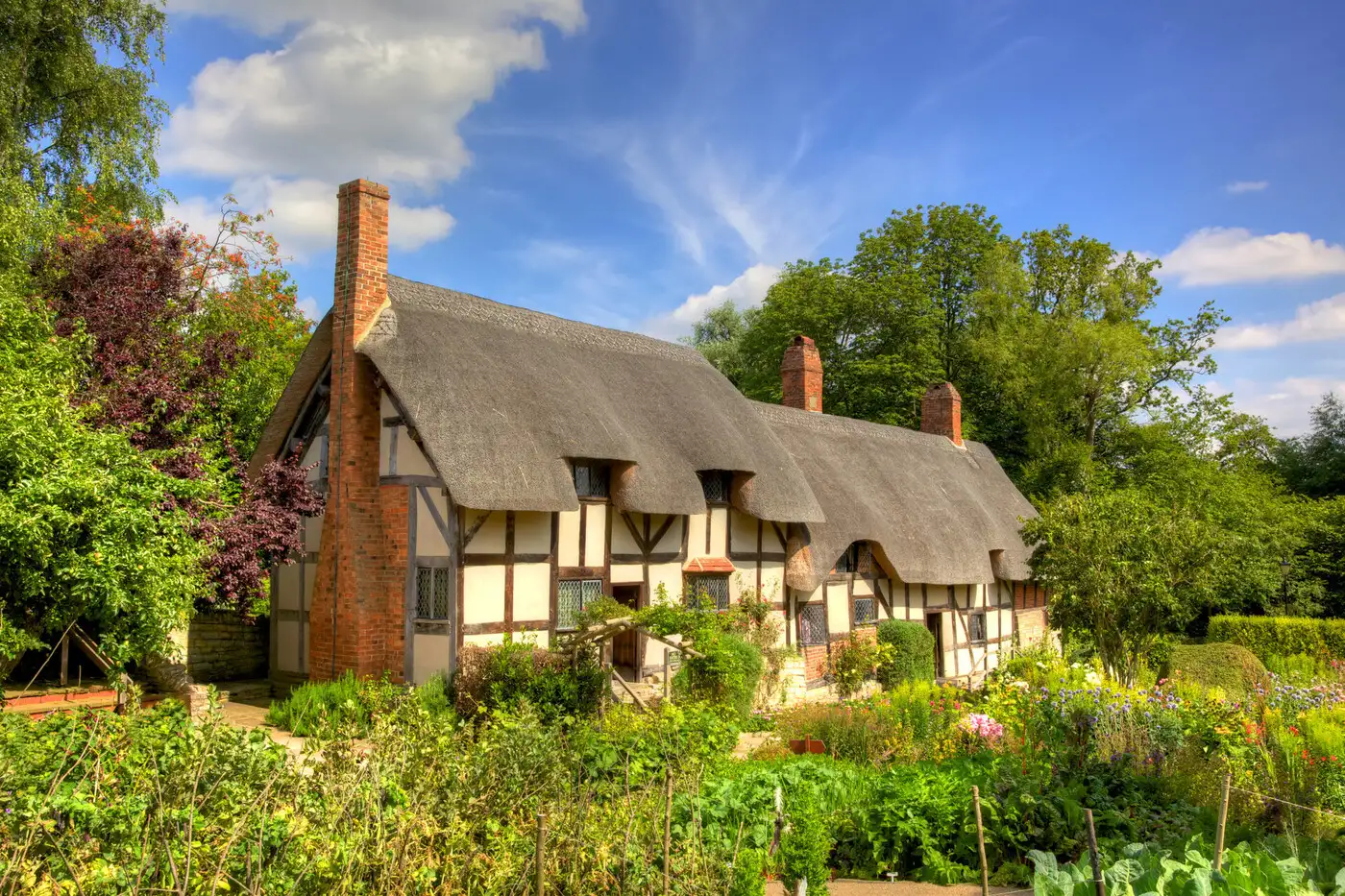

Book This Tour
- Final payment: Due 90 days prior to departure.
- Deposit: A non-refundable $500 CAD Deposit is required at booking.
- Optional Single Supplement: $2100 CAD (number of singles limited).
(View options forsingle travellers) - Transfering Tour or Date: Transferring to another tour or tour date is only permissible outside of 120 days prior to departure and is subject to a $100 CAD change fee.
(Read our cancellation policy)
Prices below are per person, twin-sharing costs in Canadian Dollars (CAD). Pricing does not include airfare to/from the tour and any applicable taxes.
Frequently Asked Questions
- What is the maximum number of participants on a trip?Most of our tours carry a maximum of 18 participants; some tours (ie hiking tours) top out at 16. In the event that we do not achieve our minimum complement by our 90-day deadline, we may offer group members the option of paying a "small-group surcharge" as an alternative to cancellation. If all group members agree, we will confirm the trip at existing numbers; this surcharge is refundable in the event that we ultimately achieve our regular minimum. If the small group surcharge is not accepted, we will offer a refund of your deposit or a different trip of your choice.
- Can I extend my tour either at the beginning or end? What about stopovers?Yes, you can extend your tour either at the beginning or the end and we can book accommodation in our tour hotel. Stopovers are often permitted, depending on air routing. Stopovers usually carry a "stopover" fee levied by the airline.
- How do I make a reservation? How and when do I pay?The easiest way to make a reservation is via our website; during office hours, you are also more than welcome to contact us by telephone.
A non-refundable deposit is payable at the time of booking; if a reservation is made within 90 days, full payment is required. Some trips require a larger deposit. If international airline bookings require a non-refundable payment in order to secure space or the lowest available fare, we will require an increase in deposit equal to the cost of the ticket(s).
Early enrolment is always encouraged as group size is limited and some trips require greater preparation time.
Once we have received your deposit, we will confirm your space and send you a confirmation package containing your trip itinerary, any visa/travel permit related documents, invoice, clothing and equipment recommendations, general information on your destination(s), and forms for you to complete, sign and return to us. Your air e-tickets (if applicable), final hotel list, final trip itinerary, and instructions on how to join your tour, will be sent approximately 2-3 weeks prior to departure. - What about cancellations, refunds, and transfers?Please review our cancellation policy page for details.
- I am a single who prefers my own room. What is a single supplement?All of our tours have a single supplement for those who want to be guaranteed their own room at each location.
This supplement is a reflection of the fact that most hotels around the world do not discount the regular twin-share rate for a room by 50% for only one person occupying a room. Most hotels will give a break on the price, but usually in the range of 25-30% of the twin-share rate. This difference, multiplied by each night, amounts to the single supplement.
The conventional amount can also vary from country to country and some destinations are more expensive than others for single occupancy. In order to be "single friendly," the supplements we apply are not a profit centre for us and we do our best to keep them as reasonable as possible.
On most tours we limit the number of singles available, not to be punitive, but rather because many hotels allow for only a limited number of singles; some smaller hotels at remote locations also have a limited number of single rooms available.
Please note that most single rooms around the world are smaller than twin-share rooms and will likely have only one bed. - Do you have a shared accommodation program?Yes! If you are single traveller and are willing to share, we will do our best to pair you with a same-gender roommate. Please note that should we fail to pair you, we will absorb the single supplement fee and you will default to a single room at no extra charge.
